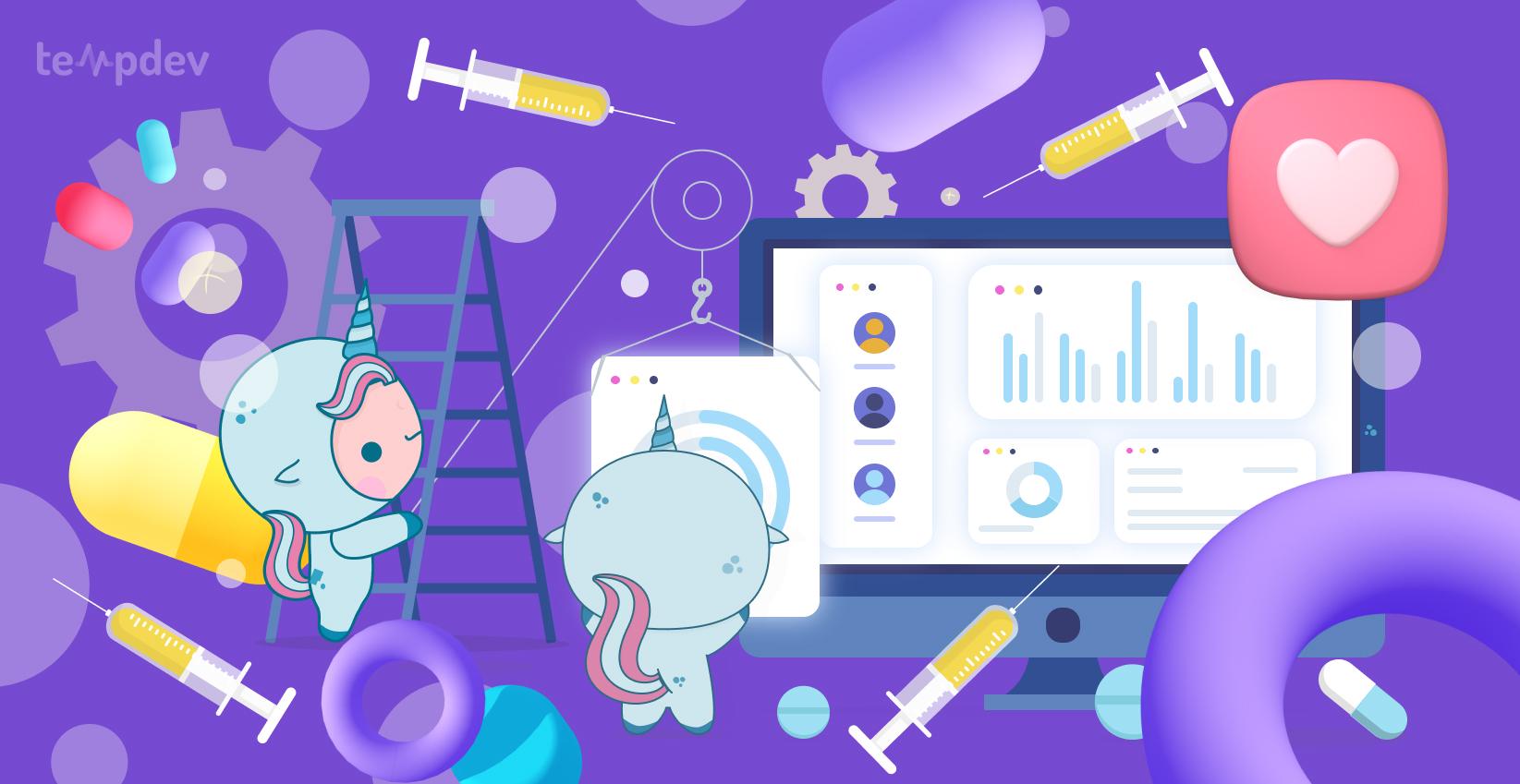How To Get Tested, Treated, and Vaccinated for Monkeypox


Related articles:
The Role of AI in Healthcare Transformation: Healthcare AI for C-Suite Executives
Read Article7 Ways to Improve the Patient Experience When Faced with Appointment Overflow
Read ArticleOvercoming Implementation Challenges: Best Practices for Integrating AI in Healthcare Organizations
Read ArticleMonkeypox (or mpox) is a public health emergency. As of August 29, 2022, there were over 18,000 confirmed monkeypox cases in the U.S. Although there is a monkeypox vaccine, supplies are limited.
With monkeypox spreading, now is the time to prepare. Learning more about monkeypox can help you keep yourself, your staff, and your patients safe.
Here is what you need to know to get tested, treated, and vaccinated for monkeypox.
Monkeypox Symptoms and Transmission
Monkeypox is an Orthopoxvirus from the same family as smallpox. The primary symptom is a rash, though flu-like symptoms are also common. Fevers, muscle aches, and chills can occur before or after the monkeypox rash appears, and the rash may be itchy or painful.
The monkeypox rash may look like pimples or blisters. It generally progresses through four stages before scabbing over. If you have a new or concerning rash, your doctor can help determine whether you may be infected with monkeypox.
The monkeypox virus spreads through direct contact with rashes and infected surfaces. Monkeypox can also spread through respiratory droplets. You are at risk of monkeypox if you have close, sustained contact with an infected person.
Monkeypox Vaccines
JYNNEOS is the only FDA-approved way to be vaccinated for monkeypox. It contains a live, non-replicating virus and is administered under the skin. The two JYNNEOS doses should be given four weeks apart, and patients are considered fully vaccinated two weeks after their second dose.
The JYNNEOS vaccine is currently in short supply. But the U.S. Department of Health and Human Services has ordered more doses, and supplies are expected to expand soon. In addition, the FDA recently granted an Emergency Use Authorization that updated JYNNEOS administration guidelines to allow more people to be vaccinated with a single vial of vaccine.
The FDA allows the use of another vaccine, ACAM2000, to prevent monkeypox under the Expanded Access Investigational Drug program. ACAM2000 is a smallpox vaccine, and it can have significant side effects. Because of its side effects and informed consent requirements, ACAM2000 is not being widely used to prevent monkeypox.
The Centers for Disease Control and Prevention (CDC) has developed guidelines for monkeypox vaccination. Currently, the CDC does not recommend widespread vaccination for monkeypox. Instead, individuals with a known exposure, presumed exposure, or occupational risk of contracting monkeypox should receive priority for vaccination. The priority populations include vulnerable adults like gay and bisexual men who face a high risk of exposure to monkeypox.
Vaccinated for Monkeypox Treatment
Monkeypox symptoms are similar to smallpox symptoms. However, monkeypox is far less likely to be fatal. The CDC recommends vaccination to prevent symptoms or infection if you have been exposed to monkeypox. This post-exposure vaccination approach is most effective within the first four days after exposure. The benefits of being vaccinated for monkeypox may continue to outweigh risks for up to 14 days after exposure.
There are no specific medications to treat monkeypox. For most people, the symptoms of monkeypox will resolve within one or two weeks on their own. Over-the-counter pain relievers and rash creams may help relieve pain, itching, and fevers.
Patients with weakened immune systems are at the highest risk of severe monkeypox. Some smallpox treatments may lower these patients' risk of severe disease. Anti-viral medications like tecovirimat may lessen symptoms and prevent adverse outcomes like hospitalization.
How To Prevent Monkeypox
Monkeypox spreads through close contact with infected people. Thankfully, monkeypox is less contagious than COVID-19 and other respiratory infections. You are at the highest risk for monkeypox if you have skin-to-skin contact with a monkeypox rash, though it can also spread via shared objects or respiratory droplets. To keep yourself, your staff, and your patients safe, you can:
If you have been diagnosed with monkeypox, you are responsible for keeping others safe. You can prevent further spread by avoiding close contact, covering your rash, and disinfecting shared objects. Any close contacts may also be eligible for vaccination.
How TempDev Can Help Your Practice Get Ready for Monkeypox
TempDev's consultants and developers can help your practice prepare to administer monkeypox tests and vaccines. Using your NextGen EHR, you can streamline your monkeypox vaccine clinic to see more patients in less time. For example, TempDev's NextGen EHR Monkeypox Vaccine Clinic Template lets you chart and bill for vaccine administration without opening individual patient's charts.
TempDev can also customize your NextGen Patient Portal to let patients make vaccine and testing appointments. And TempDev can help with Medication Module Updates for monkeypox vaccines and build custom reports to help keep your vaccine clinic running smoothly.
Call us at 888.TEMP.DEV or contact us here for help setting up your monkeypox vaccine and testing clinic.
Interested?
Agree with our point of view? Become our client!
Did you enjoy this read? Feel free to share it with your contacts.






